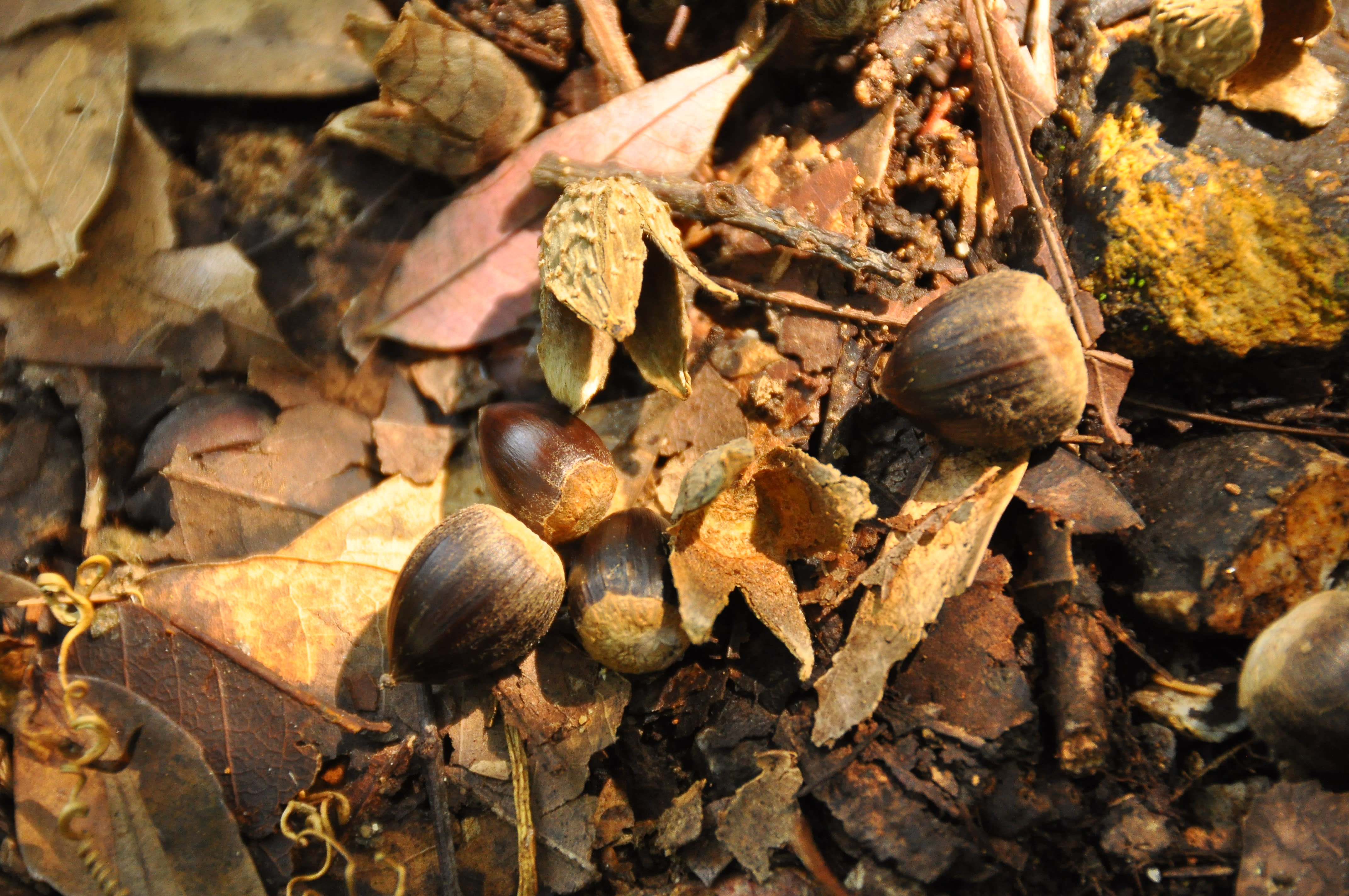Don't Miss
- Trail walks along gentle rivers to secluded and refreshing waterfalls
- A leisurely canoe trip through mangrove forests
- Breathtaking ocean views from craggy limestone cliffs
Yambaru National Park is home to a variety of plants and animals found only in the Yambaru area, and has several important natural habitats. These include the area’s large mangrove forest, which you can explore by canoe or on foot along a wooden boardwalk. Further inland, subtropical evergreen woodlands offer easy hikes to cooling waterfalls, while broad, sandy beaches lie at the feet of jagged limestone cliffs.
Yambaru National Park, located in the northern part of Okinawa's main island, is covered with dense evergreen subtropical forest and is rich in biodiversity. Cape Hedo is at the northernmost point, and the mangrove forest of Gesashi Bay is on the eastern coast. Kunigami Village Forest Park and Hiji Waterfall are located on the western side of the park in a mountainous area and are easily accessible from national roads. Mount Nekumachiji, a limestone mountain from which you can see vast ocean views, is in the southern part of the park. All of these destinations are accessible by car, and you can enjoy stunning coastal views along the way.
Cape Hedo is the northernmost tip of Okinawa’s main island, and offers views of karst topography and panoramic vistas of the South China Sea and Pacific Ocean. Smooth sand lies between the large limestone boulders strewn across the beach. The cape has a monument that pays tribute to the end of the U.S. occupation of Okinawa.
You can take a bus from Naha to this area along the west coast, but the most scenic route to this beach is via the island’s eastern coastal road. You’ll need to rent a car to access this area as no bus services are available.
The forest is home to frog and bird species that can only be found in Yambaru. These are protected species and should not be removed from their habitat. Please be sure to observe the rules of the park when you visit. Kunigami Forest Park offers eco-friendly accommodation, with camping, auto-camping and bungalows available.

Explore the mangrove forests of Gesashi Bay along wooden walking paths or canoe tours through the calm and shallow river that runs through the forest all the way to the Pacific Ocean.
The forest has both red and black mangroves and covers over 10 hectares, making it the largest mangrove forest on Okinawa’s main island. Here you can see three of the four types of mangrove plants found on the main island. To explore the mangroves and book activities, head to Higashi-son Fureai Hirugi Park. The park has an observation tower where you can see down into the forest and out to sea. You can reach the site from Naha by car or by bus in around two hours.
The falls are the tallest on the main island of Okinawa at 25.7 meters. An easy 1.5-kilometer walking path along the Hiji River leads to the waterfall. The path is well maintained, so families will enjoy the walk with peace of mind.
You can see plants unique to subtropical zones along the path, including flying spider-monkey tree ferns and Mucuna macrocarpa Wall. If you're lucky, you might even come across some natural treasures such as the Ryukyu robin.
The walking trail is located around a 5-minute drive from Yuiyuikunigami Rest Area on National Route 58. Hiji Otaki Campground, in the same area, offers a convenient place to camp and a chance for visitors to immerse themselves in the park's natural surroundings.

In August, Ogimi Village puts on the Ungami Festival to pray for a good crop and good fortune at sea. The festival begins with prayers at two local villages. The crowd then moves on to Shioya Bay for a boat race. Boats from different villages compete, while onlookers wade waist-deep into the sea and bang drums to cheer them on. These festivals are sacred events that locals hold in high regard. Visitors should be mindful not to disrupt the festivities and should avoid visiting in large groups.
The residents of Yambaru have a strong sense of respect for the natural diversity of their area. Groups of locals patrol the area so that wildlife is not poached or destroyed, and the local government and residents actively work together to warn drivers of animals crossing the road. A team of experts known as the Yambaru Mongoose Busters works daily to protect local wildlife from the troublesome invasive mongoose. Visitors are asked to be mindful and to help protect the wildlife, too.